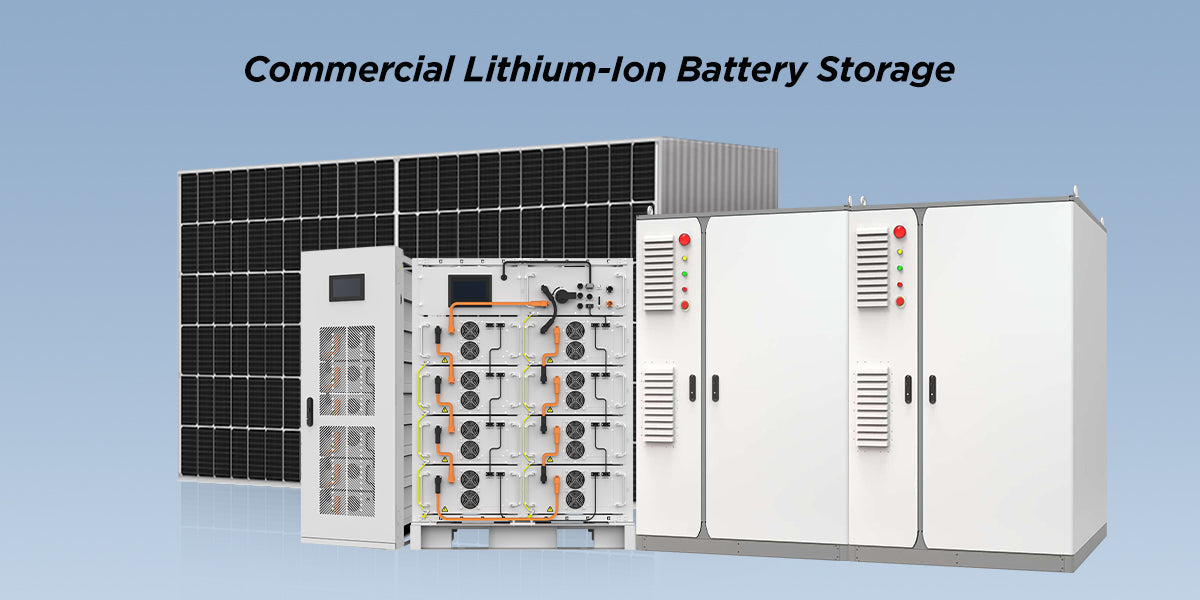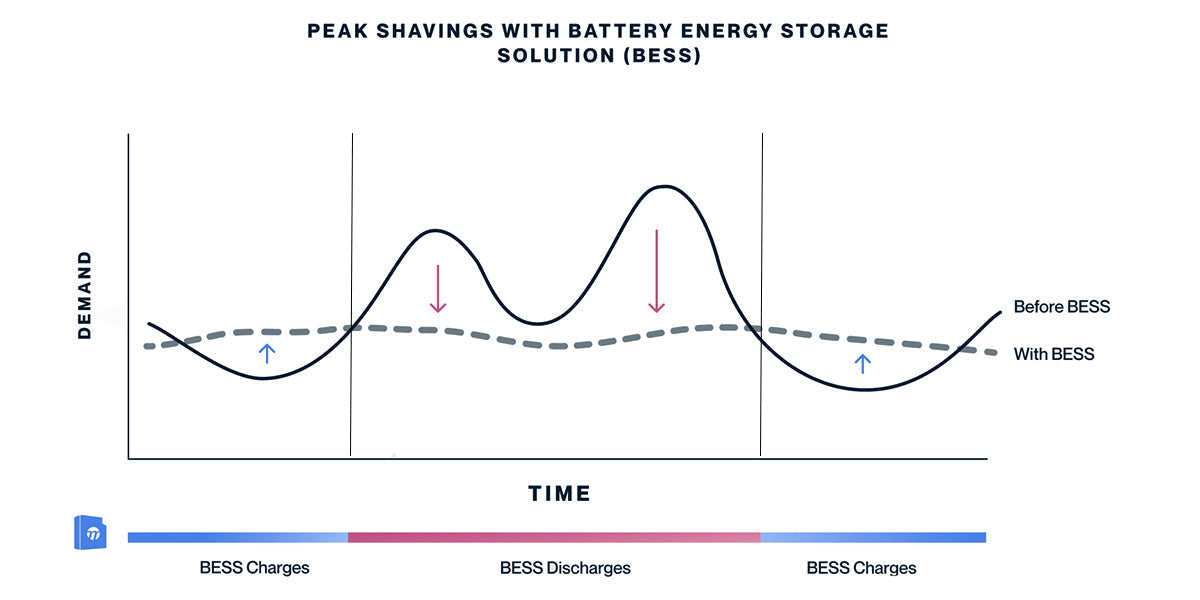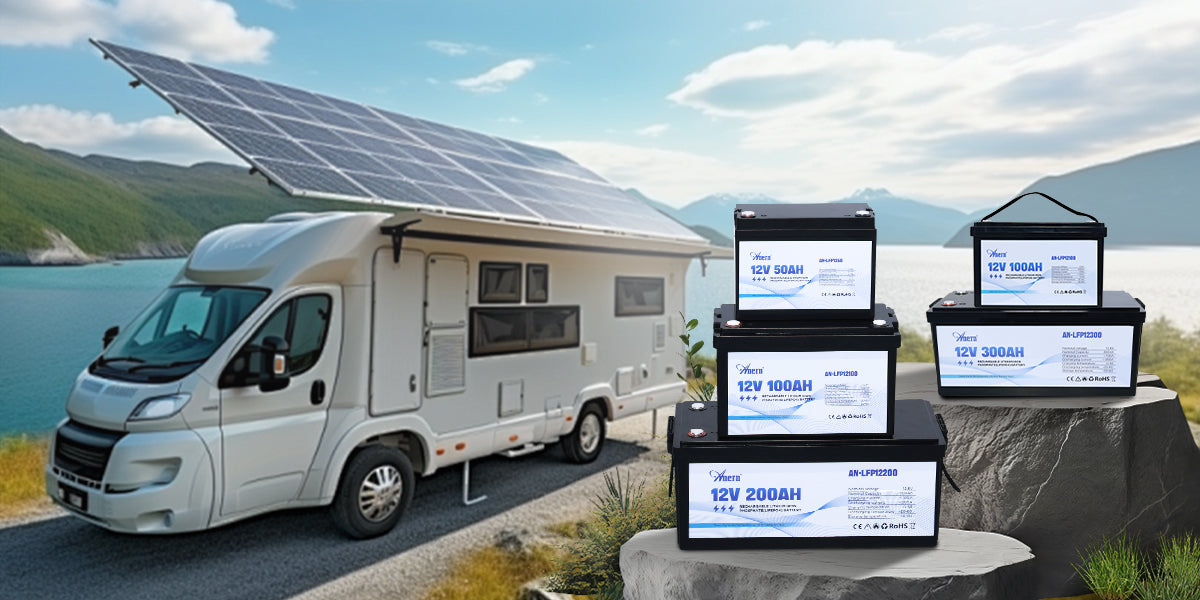Commercial energy teams care about stable bills, dependable backup, and predictable projects. This guide turns those goals into actions you can run on a real site. You will size a lithium-ion battery stack with measured data, design room for the next increment, add capacity without downtime, satisfy interconnection and safety, and present costs in a model finance accepts.
Align Scope, Site, and Budget Before You Scale
Early alignment saves months later. Set the business target first: demand charge reduction, resilience hours, or tariff arbitrage. Map upgrade windows that operations can tolerate. Translate these decisions into a shared brief that shows reserved pads, code clearances, and electrical headroom. With this baseline, a lithium-ion battery project moves from concept to procurement without constant redraws.
How to Right-Size and Architect a Commercial Lithium-Ion Battery from kW to MW
Sizing sets the performance envelope, the spend, and the ease of future growth. Start with the shape of your demand rather than a fixed capacity number. Match power to the peak window and energy to its duration, using real efficiency and auxiliary assumptions. When the architecture and tests are defined early, expansion becomes a clean repeat of the first success.
Analyze Your Load Profile
Pull 12–24 months of interval data and mark the top daily peaks, their duration, and seasonal shifts. Identify recurring peak windows, such as late afternoon in summer or morning warm-up in winter. Note process loads you can shift with controls. A lithium-ion battery plan built on this picture delivers consistent savings.
Set Power and Energy Targets
Choose a power level that trims the defined peak window with a small margin. Choose energy to cover the full window plus contingency for weather or process variance. Include round-trip efficiency and auxiliary loads so usable kWh reflects reality. Record these assumptions in your model to keep engineering and finance aligned.
Select a Scalable Configuration
Confirm cabinet or rack parallel limits and the number of PCS channels that can be added in stages. Decide on DC or AC coupling based on meter placement, tariff rules, and construction access. Specify cooling that holds output at site temperatures, not laboratory conditions. These decisions control how cleanly the system scales from kW to MW.
Define Acceptance Criteria
Write the tests before you buy. State the minimum usable energy in year one, delivered power at temperature extremes, and the EMS points needed for control and reporting. Include performance verification after energization and a short observation period with logs. Clear tests prevent redesigns when the first upgrade arrives.
Build an Expandable Battery System: Site, Electrical, and Controls
Growth feels smooth when the yard welcomes the next cabinet. Design for the end state on day one and install in stages only where it helps schedule and cash flow. Document reserved space, spare conduits, and bus capacity so field teams know exactly what to build and what to leave ready. An expandable battery system depends on this foundation.
Site and Civil Readiness
Reserve footprints for expansion and show code clearances on drawings. Check slab loading and map a rigging path from truck to pad that fits the actual doors and turns. Mark storage and staging zones to keep gear protected and close to the set location. Small layout choices here save days during future adds.
Electrical Headroom
Size the transformer and bus capacity for the end state, even if equipment arrives in phases. Land spare conduits and terminations now to avoid fresh trenching later. Keep protective device families consistent so settings scale in a predictable way.
Controls and Communications
Publish EMS tag names and ranges that already include future strings and channels. Keep scaling, units, and time stamps consistent across sources. Plan network paths and addressing so a new cabinet joins without a mapping rewrite. A lithium-ion battery platform with a clean data design turns expansion into a routine task.

How to Expand a Commercial Battery System Without Downtime
Many facilities cannot pause production. Treat the upgrade as a short, controlled window that the plant can absorb. Most of the work happens in staging, so energized time stays brief and predictable. The steps below keep the service online while capacity increases and offer clear guidance on how to expand commercial battery system capacity.
Plan the Work Window
Divide the yard into work zones and agree on isolation points. Confirm temporary feeds for critical loads and test them before the window. Pre-assemble new cabinets in a staging area and complete quality checks there. With this setup, the live area remains untouched until the final move.
Stage, Isolate, and Install
Move gear to the pad, verify the absence of voltage, and complete terminations to the checklist. Inspect torque, labeling, grounding, and cable management before covers go on. Keep a witness present for photos and sign-offs. Care at this step prevents nuisance alarms after energization.
Integrate and Balance in the EMS
Match the state of charge before parallel operation. Enable power-sharing rules by state of health so older strings carry a fair load. Run a short verification cycle that exercises charge, discharge, and hold. Watch temperature, current balance, and alarms in real time. A lithium-ion battery fleet that shares load fairly will age predictably.
Verify and Document
Capture test results, oscillography, and event logs and file them with updated single-line diagrams. Issue a brief commissioning report the same day while details are fresh. Clean records speed future interconnection reviews and insurance updates.
Interconnection, Protection, and Safety Compliance for MW-Scale Systems
Utilities and authorities value consistency across stages. Anchor every phase to one end-state single-line and one protection philosophy. With that foundation, studies, settings, and witnessed tests become confirmations of planned behavior rather than new negotiations. Keep the package current as capacity grows so reviewers see the same structure with refreshed dates and values. A well-documented lithium-ion battery yard stays on schedule and avoids rework.
Interconnection Milestones
Complete the pre-study early and align on metering, telemetry, and ride-through expectations. The interconnection agreement should reference the end-state drawings even if equipment rolls in phases. Field tests then follow the same playbook each time.
Protection Coordination
Each capacity step changes current paths and fault levels. Recheck relay curves and trip priorities after every add. Validate anti-islanding behavior, ride-through settings, and reconnection logic under the current firmware during testing. Store oscillography where operations can retrieve it during an event.
Life-Safety Practices
Maintain spacing, egress, ventilation, and detection that match the final layout, not only the first stage. Train staff with drills that follow real routes and equipment. Keep third-party reviews on the calendar so documentation and signage stay aligned with the physical site.
Cost to Scale an Energy Storage System: The Real Numbers and ROI Modeling
Finance reads best when costs line up with a simple structure and value flows from a transparent model. Use the table to frame the spend, then connect it to dispatch and degradation that match the measured load. When assumptions are visible, the cost to scale an energy storage system looks like a plan the company can own.
| Cost Bucket | What to Include | Review Focus |
| Storage blocks | Cabinets, racks, auxiliaries, install | Usable kWh vs. nameplate |
| Power conversion | PCS, transformers, filters, testing | Channel count, expandability |
| MV and LV works | Switchgear, relays, wiring, metering | Spare cells, breakers, CTs, PTs |
| Site and civil | Slab, trenching, fencing, lighting | Reserved pads for next stage |
| Controls and comms | EMS, SCADA, network, licenses | Headroom for telemetry |
| Interconnection | Studies, fees, witnessed tests | Utility milestones and timing |
| Safety and code | Detection, suppression, signage, training | Annual audits and drills |
| Project services | Engineering, construction management | Closeout docs and as-builts |
After costs, link to value with a simple dispatch model. Match the tariff to the measured load profile. Capture peak shaving and shifting savings. Include auxiliary power and expected efficiency. Add battery degradation so cash flow reflects real cycling. A lithium-ion battery platform also simplifies augmentation triggers because the next block has a known size and test points.
A Clear Path from Pilot to Plant
Scaling succeeds when design, operations, and finance share one map. You now have a way to size the lithium-ion battery stack with data, keep space and electrical headroom for the next step, add capacity without disrupting service, satisfy interconnection and safety with repeatable documents, and defend the investment with a model tied to bills. With that alignment in place, a commercial battery storage system grows from kW to MW with control and confidence.
FAQs
Q1. How long will permitting and utility review take, and how can we shorten it?
Expect 8–20 weeks, depending on jurisdiction and utility workload. Book a pre-application meeting, submit the end-state single-line, reuse a standard protection package, and run plan-check in parallel with procurement. Track deliverables weekly with a single owner.
Q2. What insurance do carriers usually require for MW-scale battery projects?
Carriers look for property and business-interruption coverage backed by safeguards: UL 9540 listing, detection/suppression, separation distances, commissioning records, thermography, and a 24/7 monitoring SLA. Engage your broker early to align protective-safeguards endorsements and deductibles with your operations plan.
Q3. How do we secure EMS/SCADA to pass the IT audit?
Segment EMS/SCADA on dedicated VLANs with no direct internet on PCS. Enforce MFA, role-based accounts, protocol whitelisting, and 12-month log retention. Baseline controls against IEC 62443, document backups, and define patch windows with change control and rollback steps.
Q4. Can we do demand response while shaving peaks on-site?
Yes, if the system meets program telemetry and availability rules. Integrate the aggregator or ISO dispatch signal into the EMS, reserve capacity for events, and run test dispatches. Model penalties and test calls; many programs expect four-hour availability and metered performance.
Q5. What is the end-of-life and recycling plan at a commercial scale?
Plan removal around contract SoH thresholds (often 70–80%). Secure a recycler with DOT-compliant transport, manifests, and certificates of recycling. Stage packs in a ventilated, monitored area. Metals recovery can offset costs; negotiate pricing bands and turnaround times in advance.





Leave a comment
All comments are moderated before being published.
This site is protected by hCaptcha and the hCaptcha Privacy Policy and Terms of Service apply.